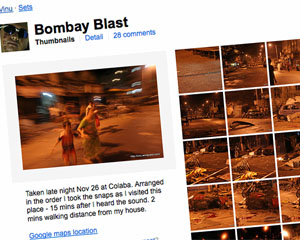Amy Gahran shows us why automated services can sometimes make for funny news descriptions:
This was a tweet from the Wall Street Journal on June 27:
“BREAKING NEWS: Prosecutors get a $170 billion judgment against Bernard Madoff. Ruth Madoff agrees to give up nearly all ass..”
Gahran says:
“The Journal, like some other news organizations, uses a popular service called Twitterfeed to automatically generate tweets based on an RSS feed. Normally, I’m all in favor of automation that saves time and effort, but Twitter is one place where automation usually doesn’t work, especially for news.”
